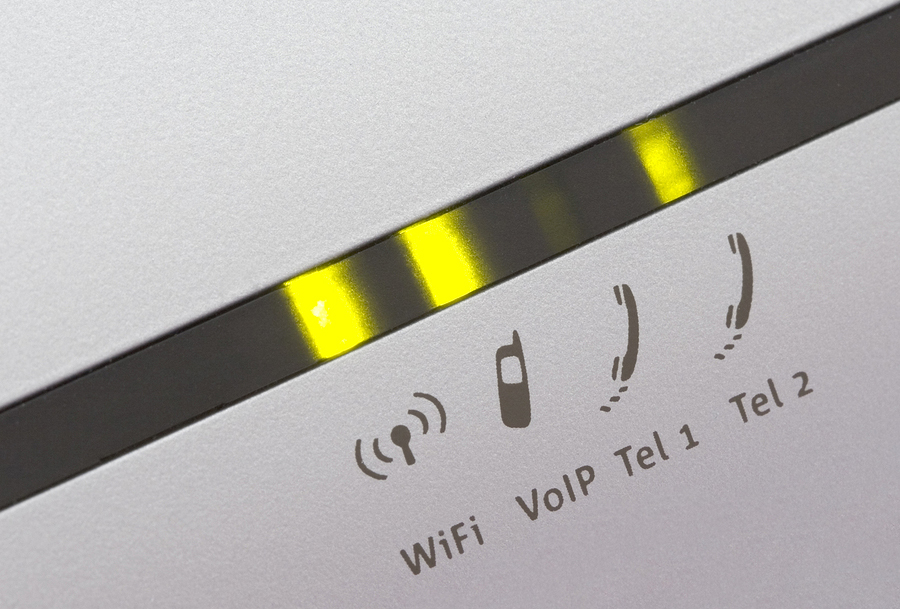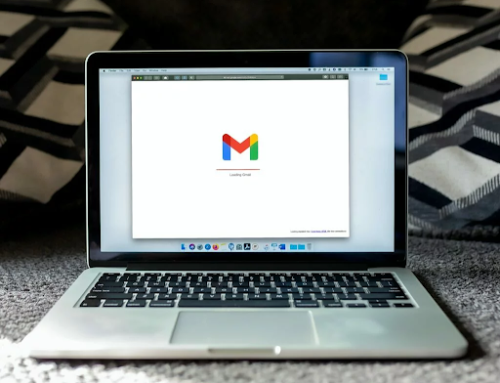One of the greatest challenges contact centres face is being able to manage variable volumes of calls in a cost-effective way.
Until VoIP (Voice over Internet Protocol), contact centres were constrained by the technological limits of analogue phone lines, as each could handle no more than 24 simultaneous calls. For larger call centres, there was no other option than to have, literally, hundreds of lines, and when call levels increased, the only way to increase capacity was to buy additional lines, often with a heavy price tag from telecoms providers.
To mitigate such costs, contact centres have, historically, over-invested in their infrastructure. Although this enabled them to cope with peak traffic, it also meant unused capacity for the rest of the time.
One solution to this challenge is VoIP technology, which enables the integration of a multitude of functions within the call centre, such as inbound and outbound calls, integrated voice response, analytics and staff management.
However, contact centres have been slow to embrace it and continue to rely primarily on good old-fashioned analogue phone lines: VoIP requiring digital data means that the information from traditional, analogue phone lines needs to be converted using gateway devices first. The process and investment needed become even more complex and expensive when the call centres are multi-site operations or rely on virtual agents working from home. Adopting VoIP, rather than patching up an analogue structure, brings versatility and cost efficiencies to contact centres, although it is not completely devoid of technical challenges.
A more effective option is moving directly from traditional phone lines to a SIP (Session Initiation Protocol) trunk: rather than connecting to multiple phone lines, whose data is converted to digital before being transferred over the internet, your company’s internet is directly connected to your ISP’s internet. Each connection benefits from hundreds of megabits of bandwidth and when companies need to increase capacity to deal with higher call volumes, they simply have to request more ports to be enabled. The extra capacity can be activated instantly without having to change the infrastructure or lay a single cable, and likewise disabled when they are no longer needed.
In addition, moving to a SIP trunk also makes contact centres more flexible: as the lines are not tied to a physical structure, consolidating and managing phone lines and phone numbers becomes nothing more than managing a network. Corporate Connect prides itself on use of modern technology and methods to provide a highly flexible, excellent customer service. For more information of what we can deliver for your business, get in touch today














